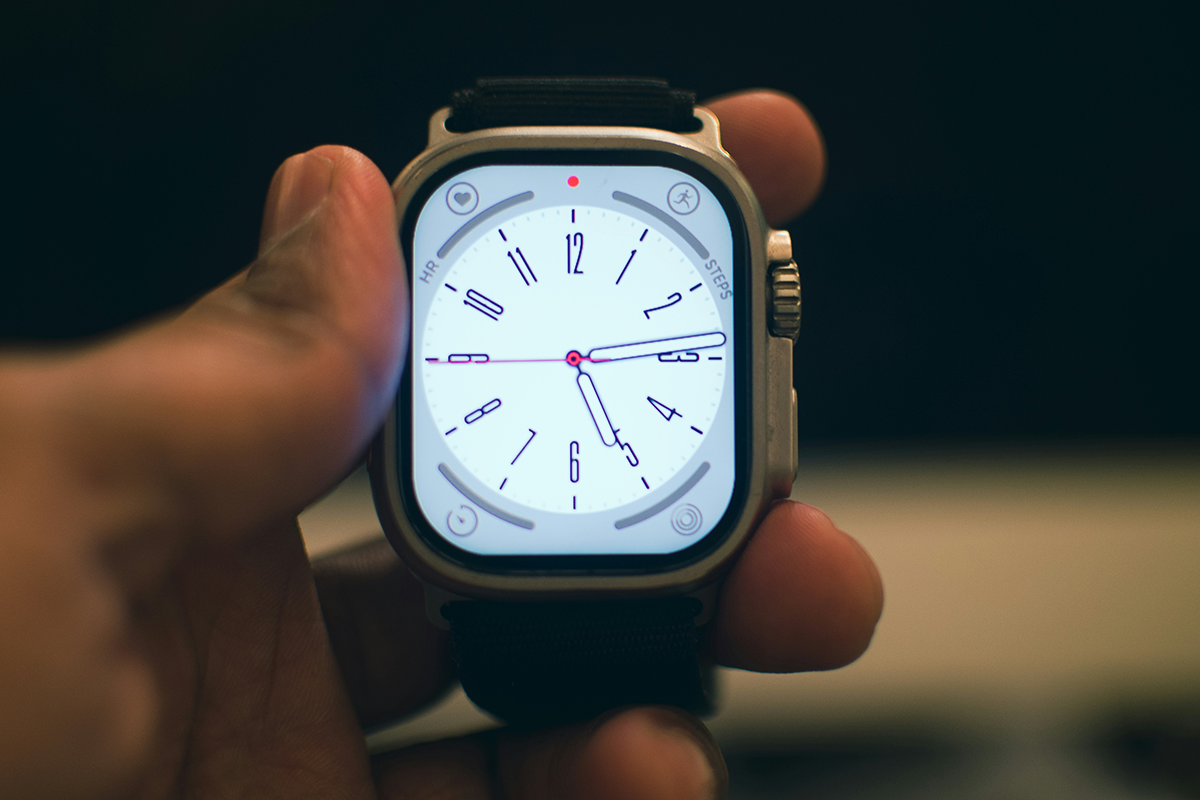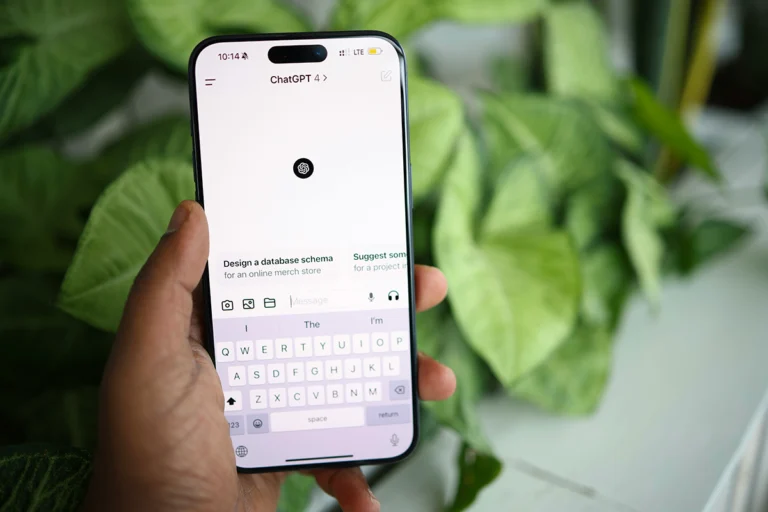Why the classic Pomodoro needs a digital upgrade
Remote work kills the commute, yet floods us with pings, open tabs, and household interruptions. The traditional Pomodoro rhythm—25 minutes on, 5 minutes off—still works, but modern research shows digital alerts now drive most lapses in focus (Mark, 2023). The digital Pomodoro method updates the original by pairing focused sprints with two tech-savvy moves: a focus-mode app that silences notifications and a time-blocked calendar that protects each sprint like an executive meeting.
A simple recipe for the digital Pomodoro method
Block out three or four 25-minute pomodoro sessions before lunch, launch your focus app to blacklist social feeds, then dive in. When the timer dings, step away for exactly five minutes—stretch, hydrate, stare out a window—before the next sprint. After four cycles, claim a longer 20-minute recharge. Treat these blocks as non-negotiable, and the rhythm quickly sticks.
Why remote workers swear by this twist
The digital Pomodoro method tackles the two pain points of home offices: endless online temptations and hazy boundaries. Focus apps shut down the big culprits; time blocking gives your day a visible spine, making it easier to refuse random calls or chores. Regular, undisturbed sprints train the brain to sustain attention, while scheduled micro-breaks keep fatigue at bay and help you log off on time (Kaplan & Kaplan, 1989; Syvertsen & Enli, 2019).
Overcoming common hurdles
The biggest threat is “harmless” phone checks that balloon into ten-minute detours. Keep the device in another room—or at least on airplane mode—until the sprint ends. If family members wander in, a quick “focus until 11:25” note on your door signals when you’ll be free. Need time to work without distractions from colleagues? Mark your pomodoro block as busy in your shared calendar.
Research on time blocking
Studies on attention and productivity consistently link short, timed bursts to higher output and less procrastination (Duff et al., 2014). Time-blocking advocates report clearer priorities and reduced overwhelm (Newport, 2019). And when nonstop alerts disappear, cognitive performance rebounds: Mark (2023) found even brief silence periods restore working-memory capacity.
Start tomorrow
Download one focus-mode app tonight, create a 25/5 preset with the digital pomodoro, and block two sprints in tomorrow’s calendar. Log how many you complete. Aim to beat that streak the next day; small, steady wins build the habit and steadily transform your remote workday.
References
- Duff, B. R. L., Yoon, G., Wang, Z., & Anghelcev, G. (2014). Doing it all: An exploratory study of predictors of media multitasking. Journal of Interactive Advertising, 14(2), 11–23.
- Kaplan, S., & Kaplan, R. (1989). The experience of nature: A psychological perspective. Cambridge University Press.
- Mark, G. (2023). Attention Span: A Groundbreaking Way to Restore Balance, Happiness and Productivity. Hanover Square Press.
- Newport, C. (2019). Deep Work: Rules for Focused Success in a Distracted World. Grand Central Publishing.
- Syvertsen, T., & Enli, G. (2019). Digital detox: Media resistance and the promise of authenticity. Media, Culture & Society, 41(5), 665–681.
*Disclaimer: Offline Now offers educational coaching tips, not medical or therapeutic advice; please consult a qualified health professional for personal or clinical concerns.*





